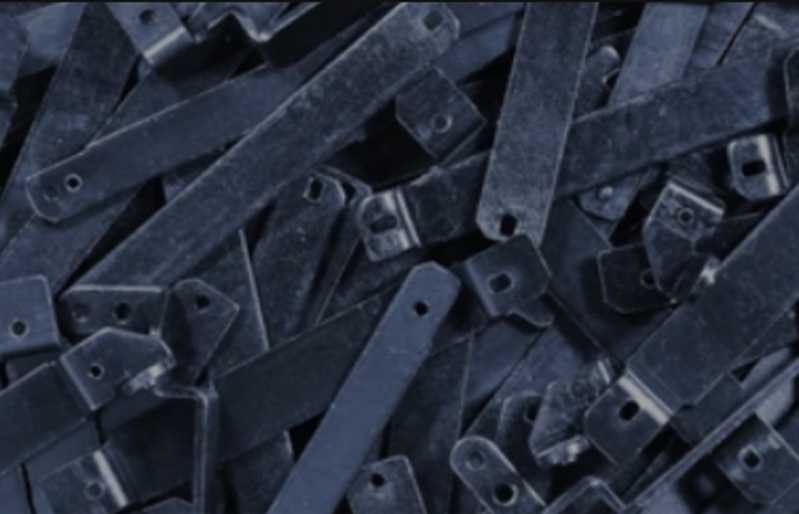Manufacturing techniques play a critical role in determining the quality and performance of products. One of the most effective manufacturing techniques is squeeze casting, which involves applying high pressure to molten metals during the casting process. This technique offers numerous benefits and applications in various industries. This article explores squeeze casting in detail, including its advantages, applications, and challenges.
What is Squeeze Casting?
Squeeze casting, also known as liquid metal forging, is a manufacturing technique that involves applying pressure to molten metals during the casting process. The process involves pouring molten metal into a preheated die cavity and then applying pressure on the metal as it solidifies. The pressure is applied using a hydraulic or mechanical press to compress the molten metal inside the die cavity. The pressure ranges from 69 to 690 MPa, depending on the metal being cast, and it is maintained until the metal solidifies completely.
Advantages of Squeeze Casting
Squeeze casting offers numerous advantages over other casting methods. Some of the key benefits of this technique include:
1. High Quality Products
Squeeze casting produces high-quality products with minimal defects. The high pressure applied to the molten metal compresses any gas or impurities present in the metal, resulting in a dense and uniform structure. This leads to products with superior mechanical properties, such as strength, toughness, and ductility.
2. Low Porosity
Squeeze casting produces products with low porosity. The high pressure applied during the casting process compresses the molten metal, leaving no room for any gas or air to get trapped in the product. This results in products with a high density and minimal porosity.
3. Reduced Machining Costs
Squeeze casting produces products with tight dimensional tolerances, which reduces the need for machining. This translates to lower machining costs and faster production cycles, resulting in significant cost savings.
4. Increased Design Flexibility
Squeeze casting offers increased design flexibility for complex shapes and geometries. The high-pressure process allows for the casting of intricate designs with minimal defects, enabling the production of unique and innovative products.
Applications of Squeeze Casting
Squeeze casting has numerous applications in various industries, including aerospace, automotive, defense, and medical. Some of the common applications of this technique include:
1. Aerospace Industry
Squeeze casting is commonly used in the aerospace industry to produce engine components, landing gear, and structural parts. The high-quality and low porosity of products produced through this technique make them ideal for use in critical aerospace applications.
2. Automotive Industry
Squeeze casting is used in the automotive industry to produce engine blocks, suspension components, and transmission parts. The low porosity and tight dimensional tolerances of products produced through this technique result in products with excellent performance and durability.
3. Defense Industry
Squeeze casting is also used in the defense industry to produce components for tanks, missiles, and aircraft. The high-quality and low porosity of products produced through this technique make them ideal for use in critical defense applications.
4. Medical Industry
Squeeze casting is used in the medical industry to produce implantable devices, such as artificial joints and dental implants. The high-quality and low porosity of products produced through this technique ensure biocompatibility and excellent performance.
Challenges of Squeeze Casting
Despite the numerous advantages of squeeze casting, this technique also has some challenges. Some of the main challenges include:
1. High Initial Investment
Squeeze casting requires significant capital investment in specialized equipment and tooling. The high cost of equipment and tooling can be a significant barrier to entry for small and medium-sized enterprises.

2. Limited Materials
Squeeze casting is limited to certain materials, such as aluminum, magnesium, and copper alloys. The technique is not suitable for casting materials with high melting points or low fluidity.
3. Complex Process
Squeeze casting is a complex process that requires skilled operators and specialized equipment. The process involves several steps, including preheating the die, casting, applying pressure, and cooling, which can be challenging to manage.
Conclusion
Squeeze casting is a highly effective manufacturing technique that offers numerous advantages over other casting methods. The technique produces high-quality products with low porosity, tight dimensional tolerances, and excellent mechanical properties. It has numerous applications in various industries, including aerospace, automotive, defense, and medical. Although it has some challenges, such as high initial investment, the benefits of this technique outweigh the challenges. Companies that invest in squeeze casting can expect to produce superior quality products that meet the demands of their customers.
-

- Magnesium alloy Thixomolding power batter housing
-

- Bicycle Freehub 12/14/16 Inch Children Bike Low Rider Bikes Magnesium Aluminum Alloy Children Bicycle 3-8 Years Old In Stock
-

- Custom-made metal parts macbook middle board produced
-

- Mangensium alloy die-casting Thixomolding metal parts
-

- CNC machining auto dashboard bracket
-

- Magnesium alloy die-casting electric vehicle mid-mounted motor housing

 0086-750-5616188
0086-750-5616188 +86 13392089688
+86 13392089688 sales@zhongmei-tech.com
sales@zhongmei-tech.com







